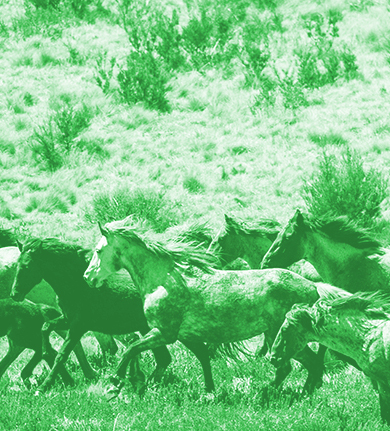Chair rejects brumby report
 The chair of the New South Wales Upper House inquiry into aerial culling of wild horses in Kosciuszko National Park has condemned the final report as “completely unbalanced”.
The chair of the New South Wales Upper House inquiry into aerial culling of wild horses in Kosciuszko National Park has condemned the final report as “completely unbalanced”.
The report supports aerial shooting as a primary method for reducing wild horse populations.
However, Emma Hurst, Animal Justice Party MLC and chair of the inquiry, has strongly criticised the findings, saying they diverge from her initial recommendations.
Hurst accused NSW Labor and the Shooters, Fishers and Farmers Party (SFF) of altering her draft to favour the government’s aerial culling strategy.
“Labor and SFF have twisted this report to support the government’s shooting agenda, ignoring community concerns and the clear evidence that the aerial shooting program is causing immense suffering among brumbies,” she said.
The inquiry, initiated in response to the NSW Government's August 2023 proposal to reintroduce aerial culling, examined 540 submissions and conducted five public hearings.
The government aims to reduce the wild horse population in the park from an estimated 12,000-21,000 to a legislated 3,000 by 2027, citing damage to the alpine ecosystem.
Hurst included a dissenting statement in the report, calling for an immediate halt to aerial shooting, an independent brumby population survey, and investment in humane alternatives such as fertility control and rehoming.
“The report’s emphasis on aerial shooting over humane solutions fails to respect the wishes of the community, who are overwhelmingly against this brutal method of control,” she said.
NSW Nationals MLC Wes Fang supported Hurst, describing the report as biased and lamenting the SFF’s alignment with NSW Labor.
But Environment Minister Penny Sharpe has welcomed the report’s findings, saying aerial culling by trained professionals is essential to preserve the park’s sensitive alpine ecosystem.
The Invasive Species Council (ISC) has echoed this view, describing aerial shooting as the only feasible method to achieve the population target within the timeline.
The report recommends continued aerial culling supported by robust training and best practice guidelines, annual population counts using advanced technologies, and further exploration of fertility control and rehoming.
It also calls for regular reviews of the culling methodology to ensure humane practices.
Critics have also raised concerns about the accuracy of population estimates and the welfare implications of aerial culling. Testimonies during the inquiry alleged prolonged suffering of horses due to inaccurate shots.
The NSW Government will now prepare its formal response, expected in early 2025.








 Print
Print